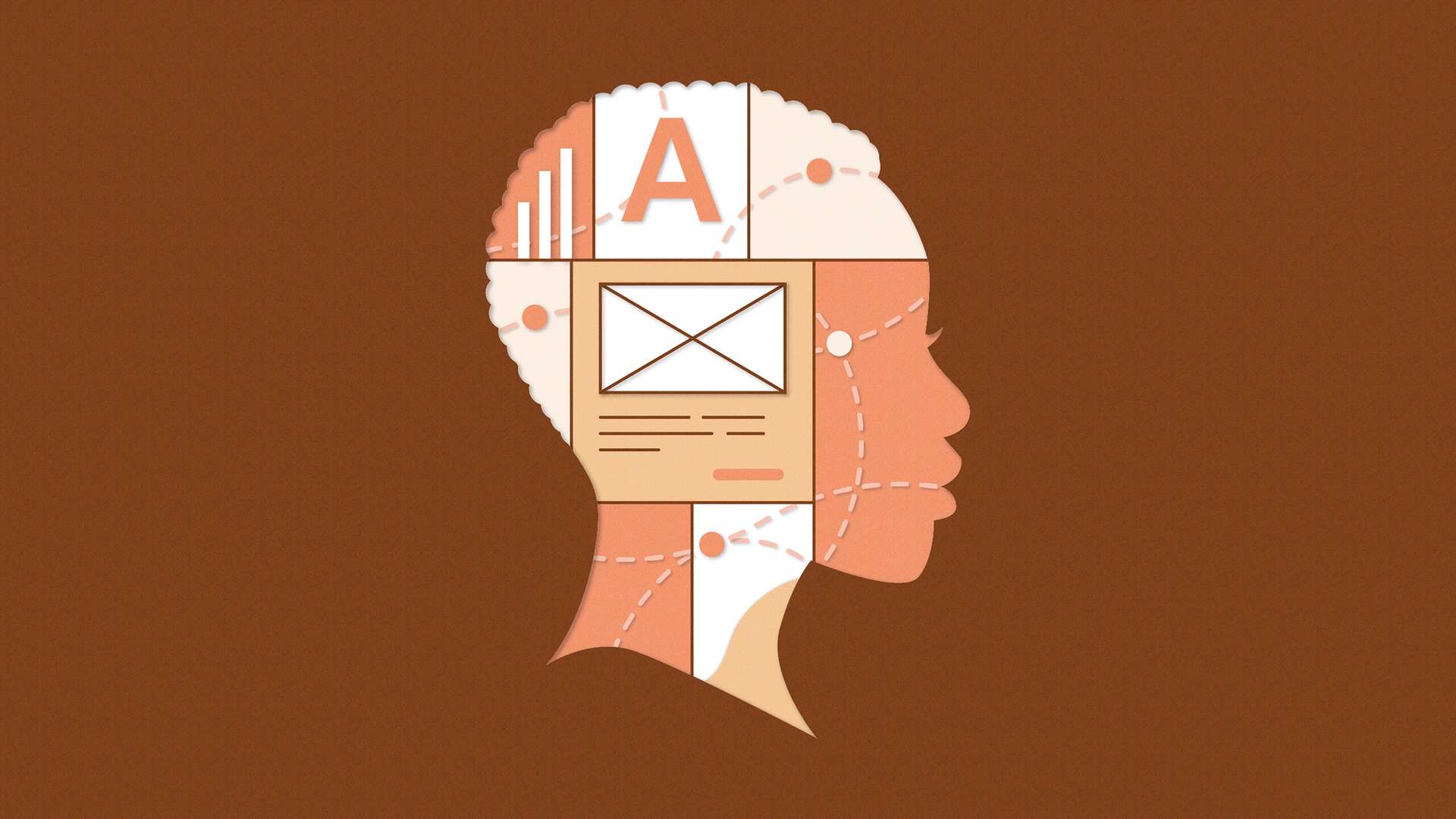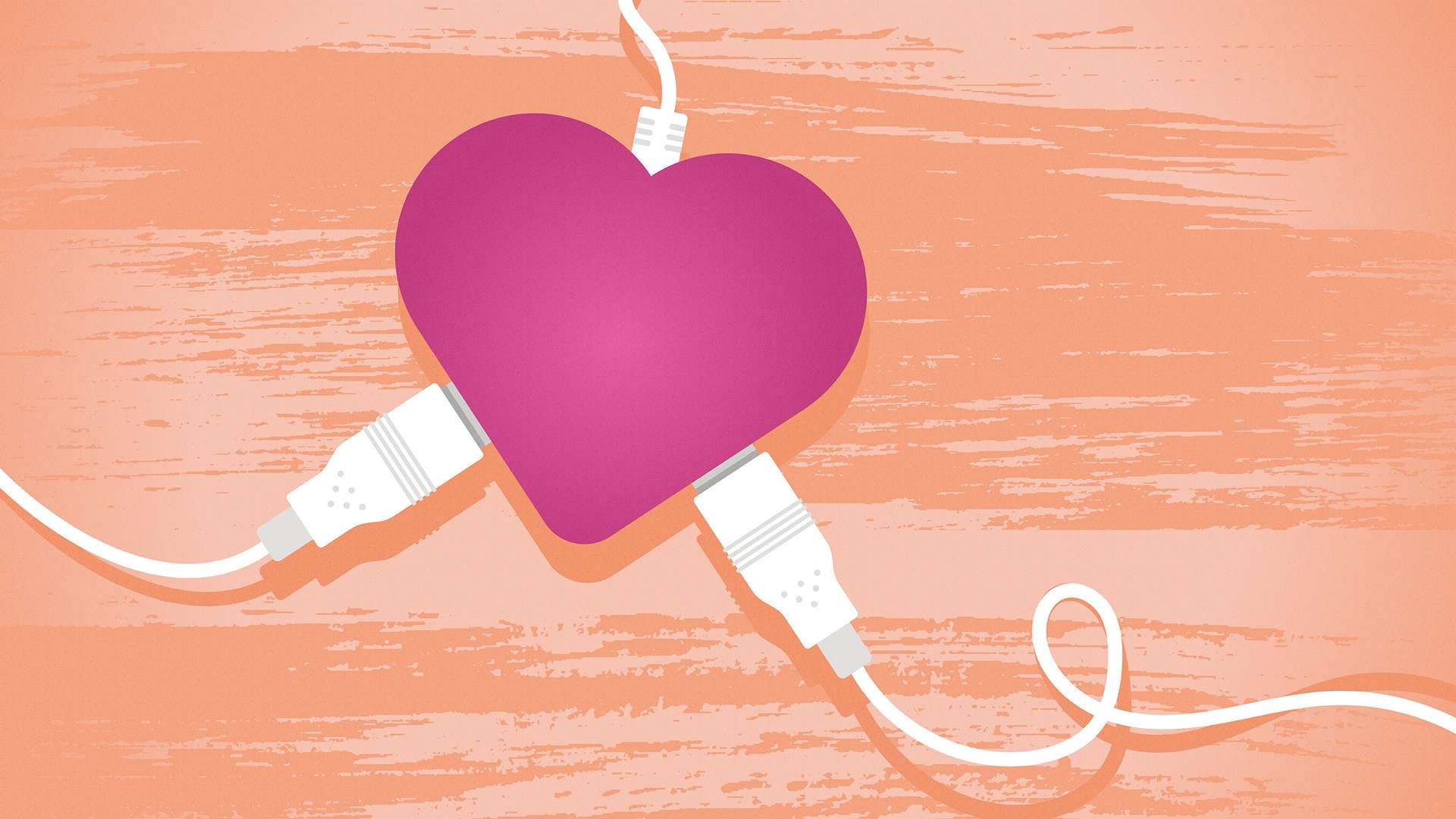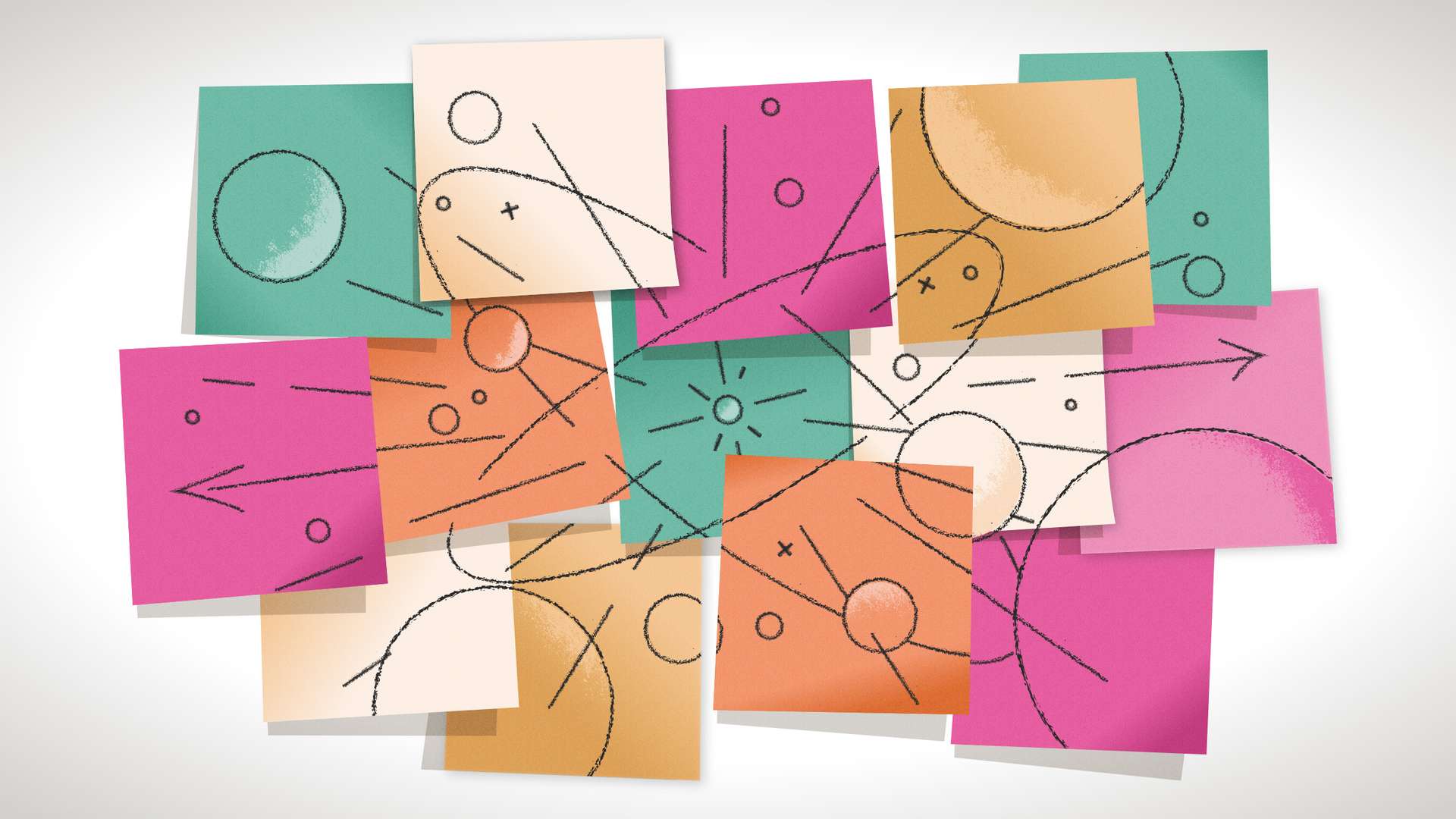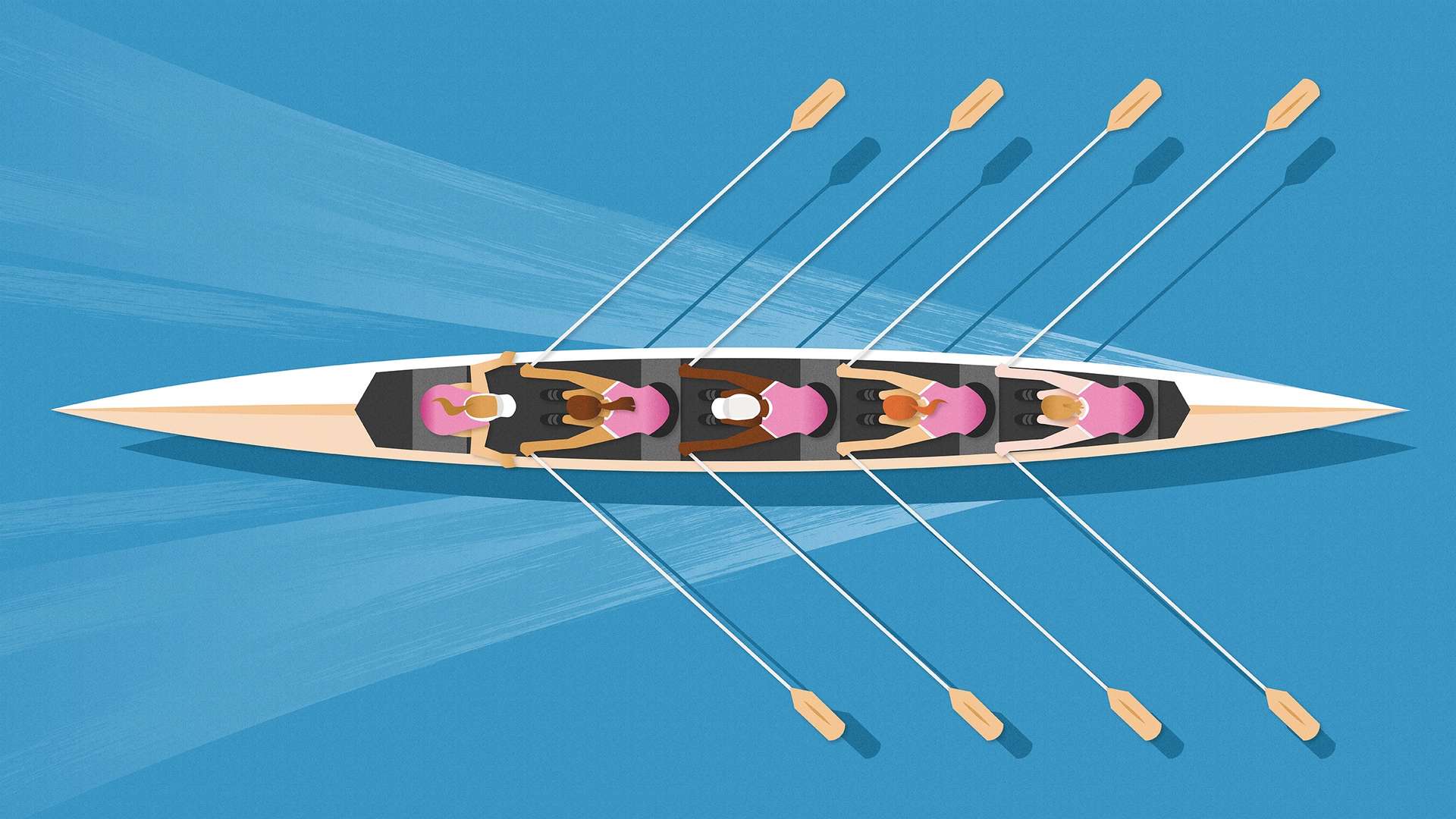The job of structuring, defining, and styling the content in Indeed’s products falls to our content designers. A career in UX content design, sometimes called UX content strategy or UX writing at other companies, requires a keen sense of language to be sure, but also deep curiosity, empathy, and the ability to build relationships across teams. Content designers’ strategies help form the connective tissue that brings life to the icons, buttons, and boxes that Indeed’s UX designers create for our products.
Indeed’s content designers are a passionate crew who see their work as a service for removing barriers and making life easier for people looking for jobs or looking to hire. Here, members of our content design community share how they came to their roles, what skills have mattered most to their success, and what you might expect from a content design career. These are their personal experiences, so please keep in mind that your experience may be different and there’s no guarantee that this advice will get you a job.
Content design is much more than writing
Successful content designers draw on a range of skills. Writing clearly is critical, but strategic thinking and soft skills like listening, curiosity, and empathy also come into play. Some of that expertise can be taught, but other essential competencies rely more on aptitude. Indeed’s content designers have their own philosophies about the expertise they draw on to do their jobs.
Ashley Zelaya, UX Content Designer: The essential skill for a UX content designer is to think and act strategically enough to take control of your own roadmap. There are a lot of sub-skills to that, like being an effective educator, storyteller, and naturally curious person. Honing these skills is how writers become designers.
Chelsea Singer, Senior UX Content Designer: When I first moved into content design, I saw concise, clear writing as the biggest skill. But my view has changed so much since then, in large part from getting to work with designers, researchers, PMs, and engineers. But also from witnessing what happens when you don’t have scalable frameworks and guidelines.
Meredith Volk, Senior UX Content Designer: Other than writing skills and empathy for the user, it’s important to have the ability to build relationships—not only with UX designers, researchers, and PMs, but also with developers, marketers, and customer service teams, among others. I’ve always been a person who connects with various teams and roles, but I’ve uncovered more and more advantages to this habit over time.
Wendy Friztke, UX Director: The ability to find and articulate patterns and synthesize, simplify, and communicate data is key. Empathy for your audience, a passion for user data, a love of logical structure, and an ability to communicate simply can also carry you far.
Storytelling is the heart of content design
Like novelists who dive deep into character development and a carefully planned plot, content designers craft an experience they know can draw the users in and meet their needs. Because their final work takes the shape of words, it’s not surprising that many content designers come to Indeed with professional experience as writers. They include former journalists, marketing copywriters, and at least one former playwright. But those from other backgrounds still find rich connections to the work they do at Indeed.
Rebecca Nguyen, Senior UX Content Designer: I majored in musical theater in college and started my career as an actress and producer. Most of the writing I did then was screenwriting and playwriting, but those skills eventually led me to content design.
Ashley Zelaya: I’ve been surprised by how much my winding career path prepared me for a job in content design. Given how many different kinds of people we design for, it’s helpful to have varied life experiences and roles. For example, when I worked as a medical technician, I gave eye exams to people ages 0 to 103 for about a year, which was the most important lesson in accessibility and empathy in any role I’ve had.
Nick Bachan, Senior UX Content Designer: Before my content design career, I worked in marketing and developed an interest in users’ experiences while managing email campaigns for business-to-business clients. That sparked my interest in big-picture storytelling.
There are lots of ways to break into a content design career
Many people start a new career and run up against the classic catch of needing experience to get a job—but they can’t get that experience because they can’t get a job. So how does someone with seemingly no related experience start a content design career? It turns out many resources can help get you in the door.
Some universities offer degree programs in UX, and there are countless boot camps aimed at developing key skills quickly—although it’s worth researching any program you enroll in. Add to that internships, online courses, blogs, and even podcasts that focus on building content skills. Indeed’s content designers have used them all.
Chelsea Singer: I read all the free blogs I could get my hands on, listened to podcasts, and created analogies to help me understand content design and actual practice. I also studied communications which helped me learn about visual design.
Nick Bachan: I completed a General Assembly course on nights and weekends while maintaining my 9-to-5 job. I did one-on-one check-ins with program mentors at the end of each week so they could give me direct feedback. Those virtual sessions allowed me to figure things out in real time with seasoned UX folks. I recommend setting aside time on nights and weekends if you’re able to balance it with your regular work schedule. That way, you can maximize opportunities while maintaining a consistent stream of income.
—
Is this article helpful? Subscribe to get occasional emails with new stories like it.
—
Rebecca Nguyen: When I was starting out, there weren’t boot camps or other programs specifically for content design careers because we didn’t call it content design back then. I learned by doing as a freelance writer and then as a part of an in-house content team. I had a fantastic manager who gave me the opportunity to work on big, complex website migration projects, which taught me the importance of strategic thinking.
Casey Brooks, UX Content Design Manager: I learned on the job through some training programs, lots of self-assigned learning, and organic trial and error. On-the-job learning was most helpful to me with real tasks and scenarios and hands-on tools.
The desire to help people is important in content design
As a field, UX attracts people who like helping others. Many choose this work to put their skills to good use, while others attribute their career to a series of happy accidents. Regardless of how they’ve come into their roles, these content designers found great rewards in designing the best possible content for users.
Chelsea Singer: I was intrigued by UX because it offered an opportunity to use information and design to help people achieve a task and take a bit of frustration out of their day. Those moments of frustration don’t exist in isolation—they can affect your mood, your day, and how you interact with others (been there). I figured that if I could help alleviate some of this by making the online world a little friendlier, that was something I wanted to get behind.
Meredith Volk: I am a service-oriented person. UX is service writ large. It isn’t just about helping people do things. It is about setting things up so people can help themselves.
Nick Bachan: I romanticized UX in the beginning. It’s easy to be idealistic about what it can do and how it can enrich our identities as creative professionals. Once I started doing real UX work, I grew to love the aspects that are much more grounded and connected to people’s day-to-day experiences.
Rebecca Nguyen: I got started in content marketing, where so much of my writing had to be persuasive. It was a cosmic shift to write as simply and clearly as possible in UX content. But once I figured out how to do that, I found it more rewarding and more aligned with my values. I didn’t want to convince people of anything—I enjoyed helping them find the information they needed to finish the task they needed to complete.
Expect missteps when you start your journey into content design
When they look in the rearview mirror, these content designers see opportunities they missed when they started out. Here’s the advice they wish someone had given them when they started their careers.
Ashley Zelaya: Borrow, reference, and take inspiration from systems, structures, and real things in the physical world. Whether working in a digital or a physical format, the rules of reality and meaning always apply.
Casey Brooks: Feedback is permission and an opportunity to return to the work with fresh insights and the enthusiasm to consider what might be even better than what you previously tried.
Nick Bachan: I’ve learned how important it is to take breaks. We have to stop in a conscious way and take care of ourselves so we can truly start again. The ideas only come when I have a sense of balance in my life. Rest also helps my mind and body navigate whatever my work life demands.
Rebecca Nguyen: I thought I had to know everything, do everything, try harder than anyone, and do more work for less money. Now I’ve grown to see the value of my contributions, and I don’t put pressure on myself to constantly deliver at a pace that’s not sustainable. In UX, everyone on the team is in it together. We support each other, we figure out problems together. We’re not alone.
Wendy Fritzke: Don’t be intimidated by visual design. I knew this but never really pushed to become super comfortable with design tools. I always relied on the visual designers to take my product requirements and rough mockups and turn them into something we could align on. I wish I’d spent more time developing those skills myself. Believe in yourself and challenge your skill set.
A content design career comes with highs and lows
The ability to solve problems ranks high on the list of what our content designers love about their work. But there are challenges, too—especially when getting everyone on a team aligned on a solution.
Ashley Zelaya: I love being a person who considers accessibility at every step. I love that effective design is about finding realistic solutions to people’s problems, not the fanciest solution. But the complexity of team structures has been a big learning curve. Coming from smaller organizations, it was a significant shift to learn how to work with three different engineering teams and multiple product managers.
Chelsea Singer: I love working through a tangle of things, finding commonalities and themes, and ultimately creating something that helps us push work forward. But there are moments when there’s no clear answer, and you have to choose between the lesser of two evils. That’s never fun.
Nick Bachan: Working in UX makes me more observant of the world. It takes a lot to get people to align on things and buy into certain ideas that come from the UX side of things. Product managers define their goals differently, and they sometimes overlook the things I’m here to observe closely (and vice versa). I focus on calling attention to seemingly small things that could lead to bigger problems—or potentially, bigger wins for the entire team.
Stay open to keep learning
If you’ve read this far, you know that content designers love helping others. But the job demands clarity of vision and knowing yourself, too. Here, a few offer their last advice to others considering a career in UX.
Ashley Zelaya: No amount of boot camp investment will compare to real-world experience. Be on the lookout for openings where you can get your hands on work that focuses on web design, even if it doesn’t come with an official UX title.
Casey Brooks: Don’t get into UX if you’re not invested in understanding users, their needs, and how to serve them.
Nick Bachan: Whether it’s a portfolio review, a weekly one-on-one, a quarterly self-evaluation, or a quick brainstorming session, it’s important to stand by your ideas. People tend to respond if you can clearly convey why you’re proposing or changing something.
Wendy Fritzke: There are so many flavors of UX content design and so many different UX disciplines. If you are drawn to designing solutions with the user at the center, dive in! Keep exploring until you find the flavor of UX that best suits you.





